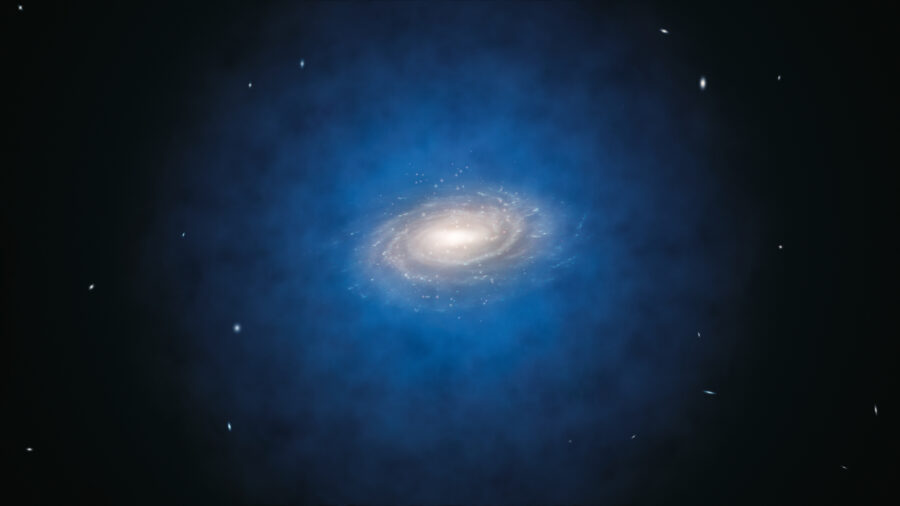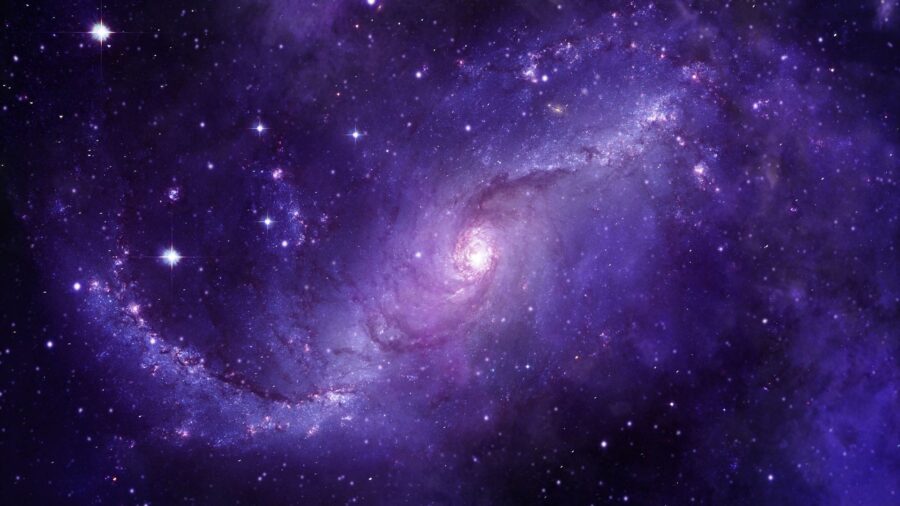Scientists Find Ancient Galaxies And Are Completely Stunned By Discovery

One of the principal science missions of the James Webb Space Telescope (JWST) is to observe the epoch of time-space, which the scientists believe holds the first galaxies ever created following the Big Bang. These observations are made to gain a better understanding of galaxy formation, evolution, and composition, and some of the most recent discoveries have completely stunned the scientific community since some of the youngest galaxies show a completely different composition.
According to ScienceAlert, the most recent studies published by a team of researchers in Denmark, who had observed some of the very first and earliest galaxies in the observable universe using JWST, state that these galaxies are so old that they’re likely still in the process of being formed.
These findings are in stark contrast to the current model of galaxy formation and composition, in which galaxies evolve in the form of equilibrium throughout the last 12 billion years, showing a relationship between the number of stars and heavy elements formed during that time.
This doesn’t really make sense to an untrained mind that follows the linear understating of time. Still, these observations showed that the youngest galaxies in our Universe actually look different from their younger cosmic siblings.

The galactic composition contains a really important ratio between galaxies and their heavy elements, and for the past 12 billion years—the Universe is some 14 billion years old—this ratio has held constant. However, thanks to the JWST, astronomers are now able to see that the constant doesn’t apply to the youngest galaxies ever observed, as they simply don’t have the same ratio of stars to heavier elements because they simply haven’t gone through the cycle of star formation and star death yet.
Some of the most ancient galaxies appear incredibly young and unformed to observers from Earth. This is because of the way the expansion of the Universe works.
According to researchers, these findings are in stark contrast to the current model of galaxy formation and composition, in which galaxies evolve in the form of equilibrium throughout the last 12 billion years, showing a relationship between the number of stars and heavy elements formed during that time. This discovery, in itself, isn’t actually as shocking as the media portrays it since the theoretical models on the topic have predicted this very thing, and JWST is expected to provide more data that should provide a more detailed insight into the creation and formation of these galaxies.
You might’ve noticed that the terms “old” and “young” were used interchangeably in this discussion, and that’s because some of the most ancient galaxies appear incredibly young and unformed to observers from Earth. This is because of the way the expansion of the Universe works.
As the Universe expands, so does the space between the galaxies and all matter. This means that the galaxies that are farther away from us have had more time to stretch the space between us and them. Consequently, the light from those distant galaxies has to travel a longer distance to reach us.
However, the speed of light is constant, and when we observe galaxies that are very distant, we’re basically seeing those galaxies as they were a long time ago—in this case, 12 billion years into the past. This means, as the model has predicted and the JWST has confirmed, that these galaxies provide a glimpse into a relatively early history of the Universe, effectively making the oldest galaxies into the youngest observable galaxies in our Universe.












